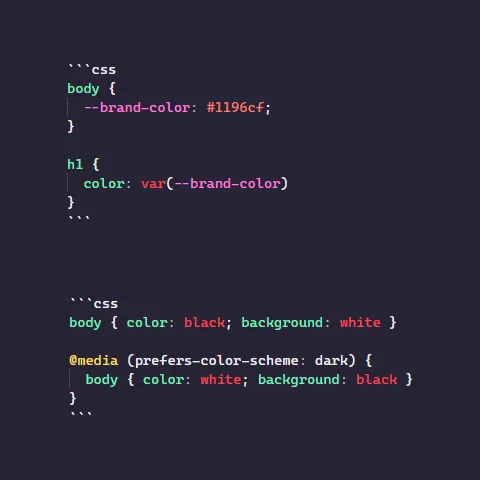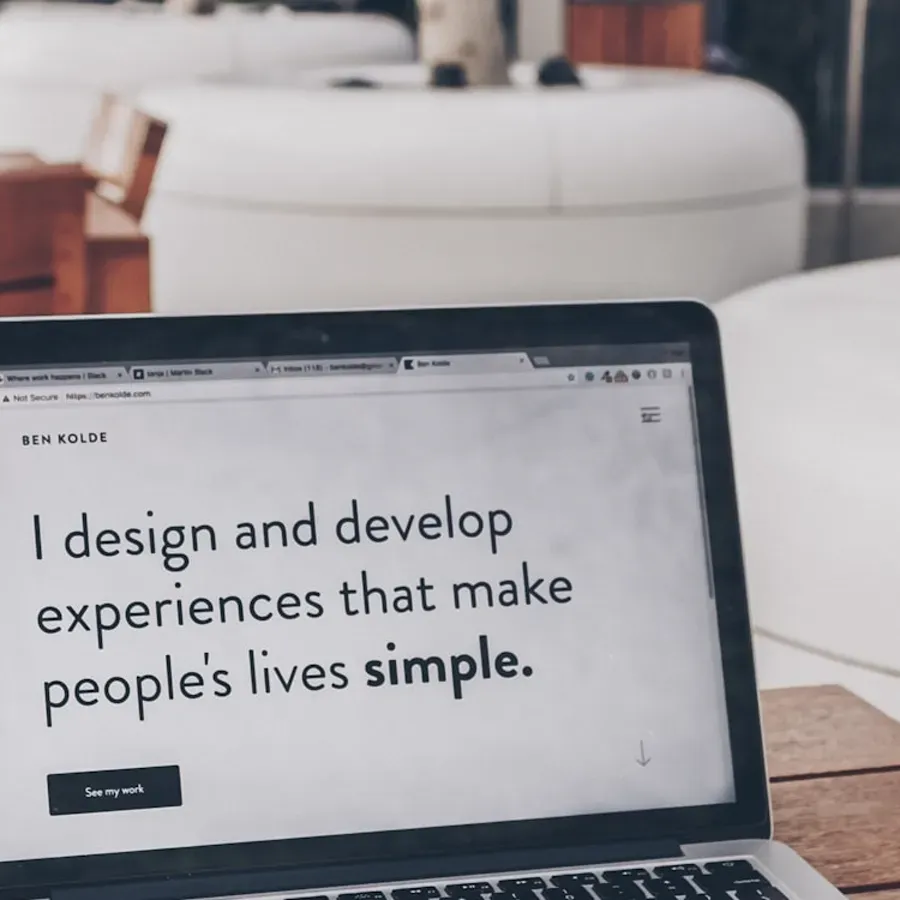
Website Design 2025: Essential UI/UX Trends for Vietnamese Businesses

1. The Evolving Role of Website Design in 2025
In 2025, a website is more than just an online brochure; it's a primary channel for customer interaction, brand building, and revenue generation. For Vietnamese businesses, an effectively designed website is key to competing locally and globally. The focus is shifting towards holistic user experiences (UX) that are intuitive, engaging, and seamlessly integrated with business goals.
Key shifts in website design philosophy:
- User-Centricity as Standard: Design decisions driven by deep understanding of user needs and behaviors.
- Personalization at Scale: Leveraging AI to deliver tailored content and experiences.
- Immersive Technologies: Integration of AR, VR, and 3D elements for richer engagement.
- Performance and Speed: Non-negotiable for user satisfaction and SEO.
- Accessibility and Inclusivity: Designing for all users, regardless of ability.
2. Top UI/UX Design Trends for 2025
Staying ahead of design trends is vital for creating modern and effective websites.
2.1. AI-Powered Personalization & Dynamic Content
AI algorithms will increasingly tailor website content, layouts, and recommendations to individual users in real-time, making experiences highly relevant.
2.2. Immersive 3D and Interactive Elements
From subtle 3D icons to fully interactive product visualizers, these elements add depth and engage users on a new level. Especially impactful for e-commerce in Vietnam.
2.3. Dark Mode and Low-Light UX
Beyond aesthetics, dark mode offers user benefits like reduced eye strain and battery saving, becoming a standard offering.
2.4. Microinteractions and Animated Feedback
Small animations and visual cues provide delightful feedback, guide users, and make interfaces feel more alive and responsive.
2.5. Abstract & Organic Design, Gradients, and Glassmorphism
Visually, trends include softer, organic shapes, sophisticated gradients, and the frosted glass effect (glassmorphism) for a modern, airy feel.
2.6. Voice User Interface (VUI) Integration
Optimizing for voice search and integrating voice commands within websites will cater to the growing use of voice assistants in Vietnam.

3. Mobile-First Design: A Necessity for the Vietnamese Market
With extremely high mobile internet penetration in Vietnam, designing for mobile before desktop is no longer optional—it's essential.
3.1. Key Principles of Mobile-First Design
- Content Prioritization: Displaying the most critical information first on smaller screens.
- Thumb-Friendly Navigation: Easy-to-tap buttons and menus.
- Responsive Layouts: Adapting seamlessly to all screen sizes and orientations.
- Optimized Performance: Fast load times on mobile networks.
3.2. Progressive Web Apps (PWAs)
PWAs offer app-like experiences directly in the browser, providing benefits like offline access, push notifications, and fast performance, which are increasingly relevant for Vietnamese users.
4. Page Speed Optimization: Every Second Counts
Slow websites frustrate users and hurt SEO rankings. Page speed is a critical component of UX.
4.1. Techniques for Faster Load Times
- Image Optimization: Compressing images and using next-gen formats (e.g., WebP).
- Code Minification: Reducing CSS, JavaScript, and HTML file sizes.
- Browser Caching: Storing website assets locally for faster repeat visits.
- Content Delivery Network (CDN): Serving content from servers closer to the user (important for Vietnamese businesses with international audiences).
- Lazy Loading: Loading images and videos only when they scroll into view.
4.2. Measuring and Monitoring Page Speed
- Google PageSpeed Insights: Provides performance scores and recommendations.
- Core Web Vitals (LCP, FID, CLS): Key metrics for user experience.
- GTmetrix / WebPageTest: Detailed performance analysis.
5. Accessibility Standards (WCAG): Designing for Everyone
Web accessibility ensures that people with disabilities can perceive, understand, navigate, and interact with your website. This is not just a compliance issue but also good business, expanding your potential audience in Vietnam.
5.1. Key Accessibility Considerations
- Alternative Text for Images: Descriptive alt tags for screen readers.
- Keyboard Navigation: Ensuring all functionality is accessible via keyboard.
- Sufficient Color Contrast: Readable text for users with visual impairments.
- Clear and Consistent Navigation: Easy-to-understand site structure.
- Resizable Text and ARIA Landmarks: For better readability and navigation by assistive technologies.
6. Conversion-Centered Design: Turning Visitors into Customers
A beautiful website is ineffective if it doesn't convert. Conversion-centered design focuses on guiding users towards desired actions.
6.1. Principles of Persuasive Design
- Clear Value Proposition: Immediately communicate what you offer and why it matters.
- Strong Calls to Action (CTAs): Prominent, clear, and compelling CTAs. Use action-oriented Vietnamese phrases.
- Visual Hierarchy: Guide the user's eye towards important elements.
- Social Proof: Testimonials, reviews, and case studies (especially from Vietnamese clients).
- Trust Signals: Security badges, partner logos, guarantees.
- Simplified Forms: Request only essential information.
6.2. A/B Testing and Optimization
Continuously test different design elements (CTAs, headlines, layouts, colors) to identify what resonates best with your Vietnamese audience and improves conversion rates.

7. Choosing the Right Web Design Partner in Vietnam
Selecting a web design agency or freelancer is a critical decision.
- Portfolio Review: Look for experience with similar Vietnamese businesses or target markets.
- Understanding of Local Market: Ensure they grasp Vietnamese consumer behavior and cultural nuances.
- Technical Expertise: Proficiency in modern web technologies and SEO best practices.
- Communication and Process: Clear communication and a transparent design process.
- Post-Launch Support: Availability for maintenance and future updates.
M&M Communications offers comprehensive web design services, combining global best practices with deep local market understanding for Vietnamese businesses.
8. Case Study: Modern Website Redesign for a Vietnamese SME (Hypothetical)
Client: A traditional Vietnamese handicraft exporter.
Challenge: Outdated website with poor mobile experience, low engagement, and minimal online sales.
Solution by M&M Communications: A complete website redesign focusing on mobile-first principles, high-quality product photography, immersive 3D views of crafts, clear CTAs in Vietnamese and English, and optimized page speed. Implemented an easy-to-navigate e-commerce platform with local payment gateways.
Results: 150% increase in mobile traffic, 70% reduction in bounce rate, 40% increase in online sales inquiries, and positive feedback on the modern, culturally respectful design.
9. The Future of Web Design: What's Next?
- Greater AI Integration: AI not just for personalization but also for assisting in the design process itself (AI-generated layouts, A/B testing insights).
- No-Code/Low-Code Platforms: Empowering businesses to create and modify websites more easily, but professional design oversight remains crucial.
- Sustainable Web Design: Optimizing websites to reduce their carbon footprint.
- Hyper-Personalization Beyond Content: Adapting navigation and entire user flows.
10. Conclusion: Invest in Future-Proof Web Design
In 2025, your website is your most important digital asset. For Vietnamese businesses, adopting the latest UI/UX trends, prioritizing mobile-first design, ensuring fast performance, embracing accessibility, and focusing on conversions are no longer luxuries but necessities for survival and growth. A well-designed website builds trust, enhances brand perception, and directly contributes to your bottom line.
M&M Communications is dedicated to helping Vietnamese businesses create websites that are not only visually stunning but also strategically effective. Contact us to discuss how we can elevate your online presence in 2025 and beyond.






